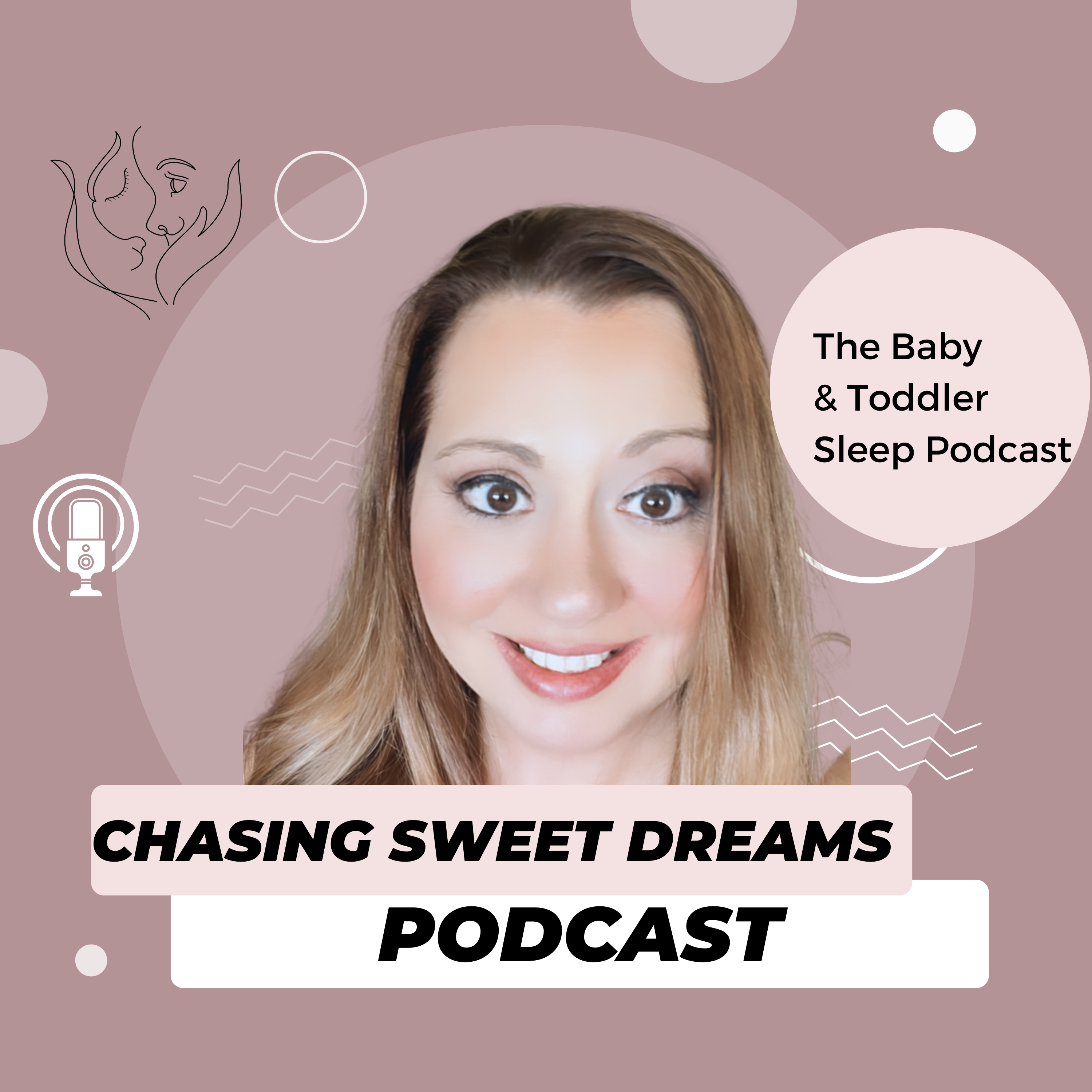How to managing sleep when your baby or toddler is sick
When your little one is sick, you need to do whatever you can to make your child comfortable. Sometimes the best parenting decision for the moment will conflict with optimal sleep habits and that’s ok. This blog will guide you through how to manage such difficult times.
The Science
The average child under age 2 will get sick 6 times per year! Children in daycare are exposed to more viruses, leading to a potential for even more frequent illness. Just like for adults, cold and flu symptoms can lead to disruptive sleep that isn’t very restorative.
A child who is normally a good sleeper may need a considerable amount of help falling asleep and staying asleep while sick and this can lead to new sleep associations. Even a mild illness can cause frequent night waking due to congestion, coughing, and sore throat. During this difficult time, you may need to spend additional time with your little one holding, rocking, or even offering extra feedings to get through the night. While comforting your child during this time is absolutely appropriate, your child may re-develop a sleep association as a result of your extra comforts. As a reminder, a sleep association is simply the series of experiences or tools that your baby needs to fall asleep. A sleep association could be rocking, bouncing, feeding, going for a walk in a carrier or stroller, a pacifier, or any combination of those or other things. If your child’s sleep doesn’t naturally return to normal after s/he is feeling better, then this blog will help you get sleep back on track.
 Listen to the podcast
Listen to the podcast
How do you manage sleep during illness?
Determine why your child is having trouble sleeping
If your child has a fever, then it will be obvious that an acute illness is the source of your little one’s discomfort. However, sometimes a child will experience sleep disruption due to chronic conditions like reflux or food sensitivities that can be difficult to distinguish from short-term sickness. This article reviews common sleep disruptors and how to identify them. It’s important to make sure you are solving the right problem and responding in an appropriate manner for the most stable sleep outcomes in the long run.
Develop a care plan with your pediatrician
If you can make your child comfortable during sleep, then you will not need to intervene as much and will be less likely to create new sleep associations. A mild cold or sniffles probably won’t require a visit to your pediatrician’s office, but that doesn’t mean that your child won’t be uncomfortable. A sore throat, congestion, or cough can be quite disruptive to sleep, even if no fever is present. Talk with your pediatrician about whether it is appropriate to provide your child with acetaminophen, ibuprofen, or different medication to alleviate discomfort during sleep. This decision will be based on your child’s age, history, and the severity of his/her symptoms.
Optimize your child’s sleep environment
As always, your child’s room should be cool, dark, and quiet for optimal sleep. Sometimes a child can hang onto a chronic cough due to dry winter air after other symptoms have subsided. Consider adding a cool-mist humidifier to your child’s room to help minimize coughing. If you have a toddler or preschool-aged child, keep tissues and a spill-proof water bottle on a nightstand near your child’s bed. If your child’s symptoms are severe, consider temporarily sleeping in your little one’s room so that you can be nearby rather than bringing your child into your room. If your child’s sleep environment stays constant, then it will be easier to get back on track once your child is well again.
What should you do at bedtime when your child is sick?
The more you can keep your child’s sleep habits stable, the easier it will be to get sleep back to normal when your child is well. Follow the flow chart below to see if you can maintain your child’s sleep habits by offering a little extra comfort. If your child is uncomfortable and cranky, then it’s ok to hold/rock your child to sleep. As noted in the chart, you might need to hold your child for longer than usual before transferring your little one to his/her bed.

What should you do if your baby or toddler wakes up during the night while sick?
Your first priority should be to do whatever your child needs in the moment. However, sometimes your child won’t need extensive support to get back to sleep. The most difficult sleep associations to change after illness are dependence on feeding to sleep and dependence on being continuously held to sleep. If you can avoid those two situations, then it should be easier to get back on track when your child is feeling well again. Follow the flow chart below to determine how to meet your child’s needs and to provide your child with comfort while minimizing regression. If it’s impossible to get your child back to sleep without feeding or if you simply cannot put your child down, don’t worry, you can get back on track after your child is well. Our sleep class covers both nighttime calorie rebalance and also provides four different options for sleep training to help you get back on track after illness.

What should you do if your baby or toddler can’t fall asleep or stay asleep during naps?
As with managing bedtime and night sleep, you should first try to put your child down in the usual manner for naps. Unlike night sleep, the sleep drive is weaker during the day than it is at night, so your child may skip a nap entirely if s/he is uncomfortable and you don’t intervene. If your child cannot fall asleep or stay asleep, then do what works as long as it is safe to preserve your child’s naps. This may mean that you take a long walk so that your child can sleep in a stroller or it might mean that you hold your child for the whole nap. If you are breastfeeding, try not to nurse during the entire nap to avoid a deeper regression. These concessions will create sleep associations and your child might expect to be held or strolled to nap once s/he is well; however, it’s more important to help your child sleep to facilitate recovery than to be strict about sleep habits. You may need to do nap training once your child is well to get back on track. Our nap book covers several considerations for how to optimize naps.
Final thoughts
Managing sleep during illness is never easy, even when a child isn’t severely ill. If all else fails, do what you need to do and don’t worry about creating bad habits. I am happy to help if you aren’t sure what to do once your little one is feeling better again.

